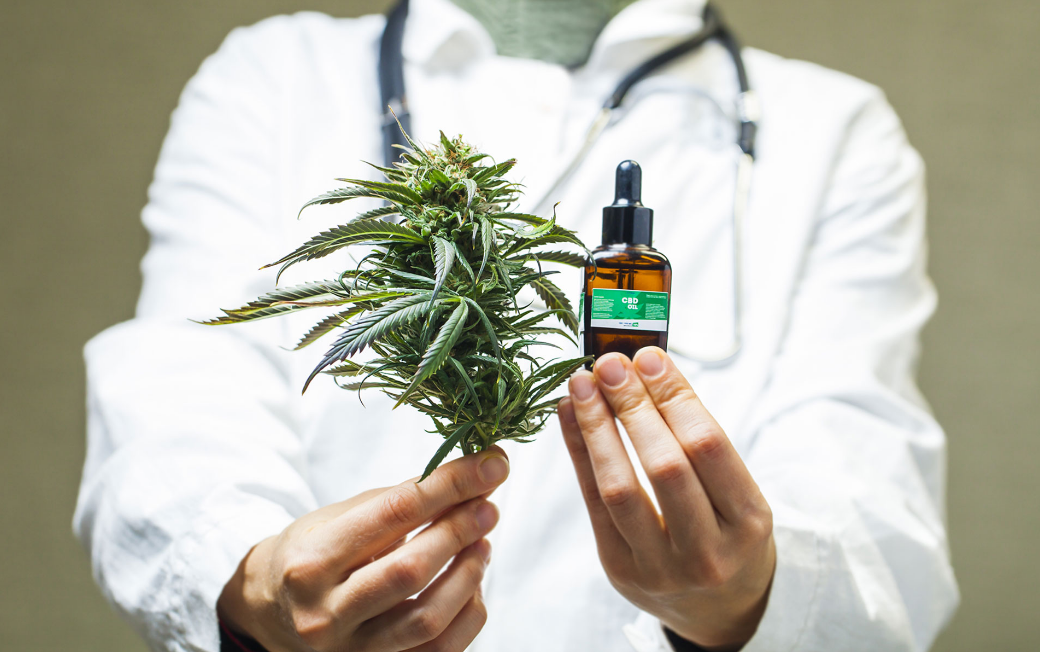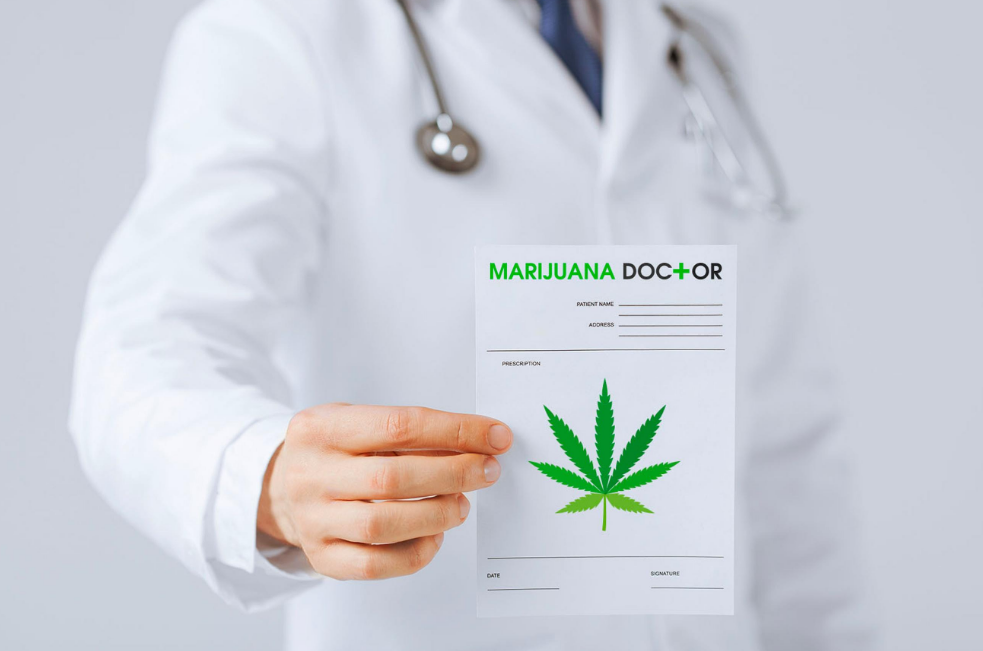For many of us using niche plant-based care for improving health and standard of living, medical marijuana doctors are essential. Marijuana utilizes the therapeutic properties of the cannabis plant to alleviate symptoms of various medical conditions.
Unlike recreational use, medical marijuana is prescribed by specialized doctors who undergo rigorous training to ensure patient safety. Let’s go ahead and explore the measures taken by medical marijuana doctors to prioritize patient well-being and provide effective treatment.
Specialized Training
Medical marijuana doctors receive specialized training that equips them with the knowledge and skills necessary to prescribe medical cannabis safely. This training encompasses an in-depth understanding of the cannabis plant, its components, and its interactions with the human body.
By understanding the therapeutic properties and potential side effects of different strains and dosages, they can ensure informed treatment decisions.
Proper Evaluation and Diagnosis
Before prescribing medical marijuana, doctors must assess the patient’s medical history, current symptoms, and underlying conditions. Sufferers of chronic pain, epilepsy, multiple sclerosis, and cancer-related symptoms are among those that may benefit from medical marijuana. However, this is best ensured afted after meeting specific criteria set by medical professionals.
Dosage and Strain Recommendations
Medical marijuana doctors consider various factors, including the patient’s condition, medical history, and individual response to treatment. Proper dosing and strain selection are critical for patient safety as an inadequate dosage may provide insufficient relief.
An extensive knowledge of different strains and their unique properties helps recommend the most suitable options for each patient’s needs.
Ongoing Monitoring and Adjustments
Patient safety is prioritized through ongoing monitoring before prescribing medical marijuana in NZ. Closely tracking the patient’s progress, evaluating the effectiveness of the treatment, and identifying any potential issues are all important.
This helps make necessary adjustments to the treatment plan, such as modifying dosages or changing strains. This proactive approach ensures that patients receive safe and effective treatment, minimizing the risk of complications and optimizing therapeutic outcomes.
Education and Support
Health professionals should provide clear instructions on dosing, administration methods, and any precautions that need to be taken. Patient education is crucial for promoting safe and responsible use of medical marijuana.
Moreover, they may refer patients to educational resources and support groups that offer additional information and guidance throughout their treatment.
Conclusion
Clearly, informed and qualified medical marijuana doctors are dedicated to ensuring patient safety. By employing appropriate measures, they strive to deliver effective treatment while prioritizing patient well-being. Proper medical guidance is vital for safe and successful medical marijuana use, allowing patients to improve their quality of life.


